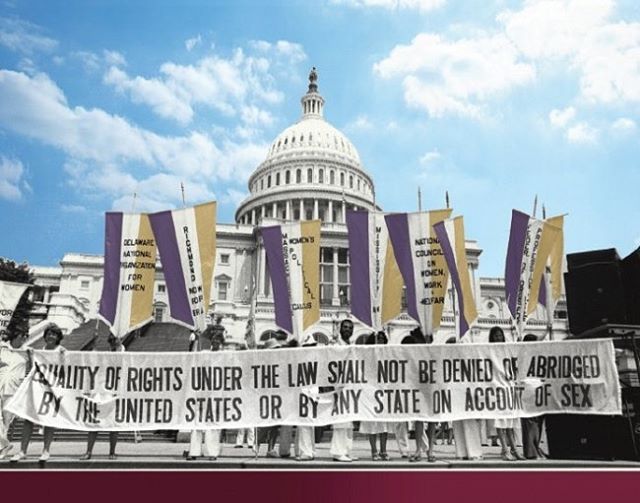
Every Friday, Ms. executive editor Kathy Spillar breaks down the week’s biggest stories, offering commentary. This weekly letter from the editor recaps critical developments in U.S. and global feminism—alongside the latest Ms. must-reads—right as they unfold. You can also get The Ms. Must-Read sent directly to your inbox every Saturday morning.
Each year, Women’s History Month provides an opportunity for the country to celebrate the women that “his”-story has too often forgotten. From activists to physicists, these “hidden figures” have made crucial contributions to every field.
“Although women’s topics and individuals appear sporadically, [school] textbooks marginalize women’s perspectives, historical context and achievements,” writes Charity Hume for Ms. “These women transformed our understanding of the universe. It’s time we learn their names.”
This Monday marks International Women’s Day, when we raise up the movements for gender equality all around the globe. You can join in—we’ll be keeping the Ms. guide to virtual celebrations updated with empowering panels, workshops and screenings that everyone is welcome to join this Monday, and all month long.
Against seemingly insurmountable odds, tremendous progress for gender equality is being made in every corner of the world. Yet as the U.N. reminds us, discrimination against women and girls persists through gender-based stereotypes, social norms and practices, and laws and policies. According to a recently published report by the World Bank, women are guaranteed full legal rights in only 10 countries. Sadly, the United States is not among them.
But we have a chance to change that—this year.
Joint resolutions now pending before the House and Senate would clear the way for the Equal Rights Amendment to finally be added to the U.S. Constitution. The ERA was passed out of Congress in 1972 by the required two-thirds of both the Senate and House, and sent to the 50 state legislatures for ratification. The required three-fourths of the states have now ratified, with Virginia becoming the 38th and final state needed as of January 2020. However, the Trump Department of Justice blocked the Archivist from taking the final steps to add the ERA to the Constitution. Hence, the push for Congressional action.
The Equal Rights Amendment will enshrine gender equality as one of our country’s core foundational Constitutional principles. Existing laws prohibiting sex discrimination are simply not enough. The two laws most often cited as protections against sex discrimination in employment and education—Title VII and Title IX—have both been gutted by Supreme Court decisions, and in each instance, it took years of feminist action to restore the laws.
You can read up on the decades-long movement to pass the ERA in the six-part series from our spring 2020 issue, “Reports of the ERA’s Death Have Been Greatly Exaggerated.” And keep an eye out for more from Ms. in the coming days and weeks on how you can be part of this final drive for constitutional equality. Let’s keep making history!





